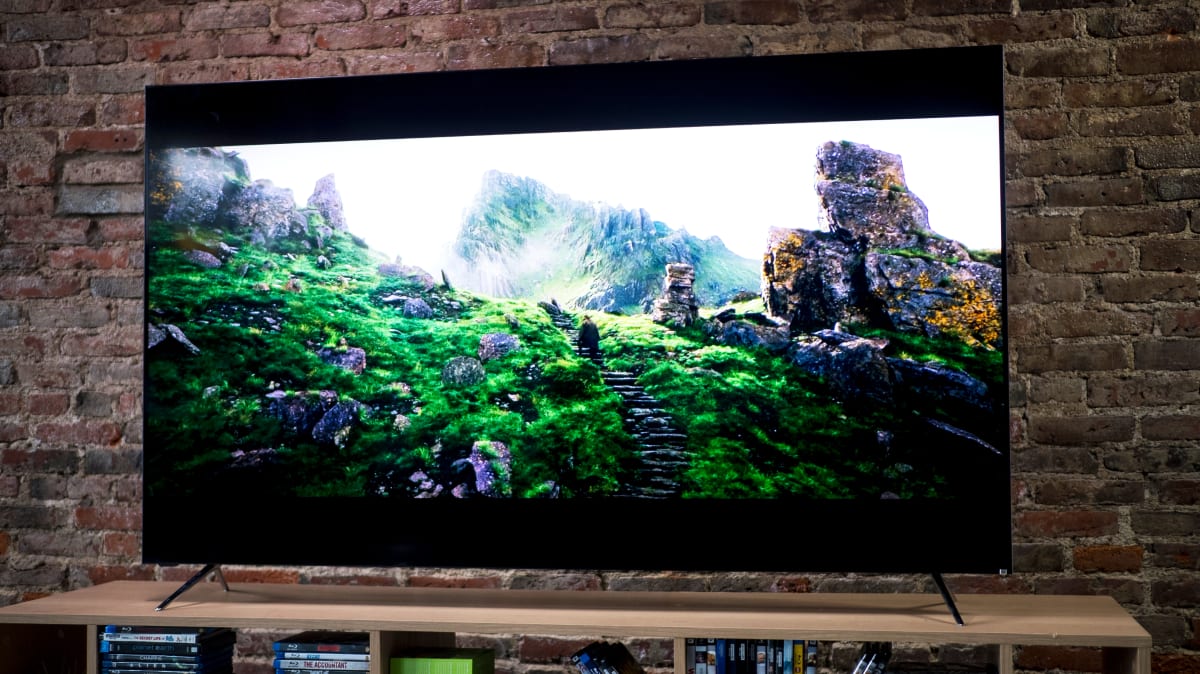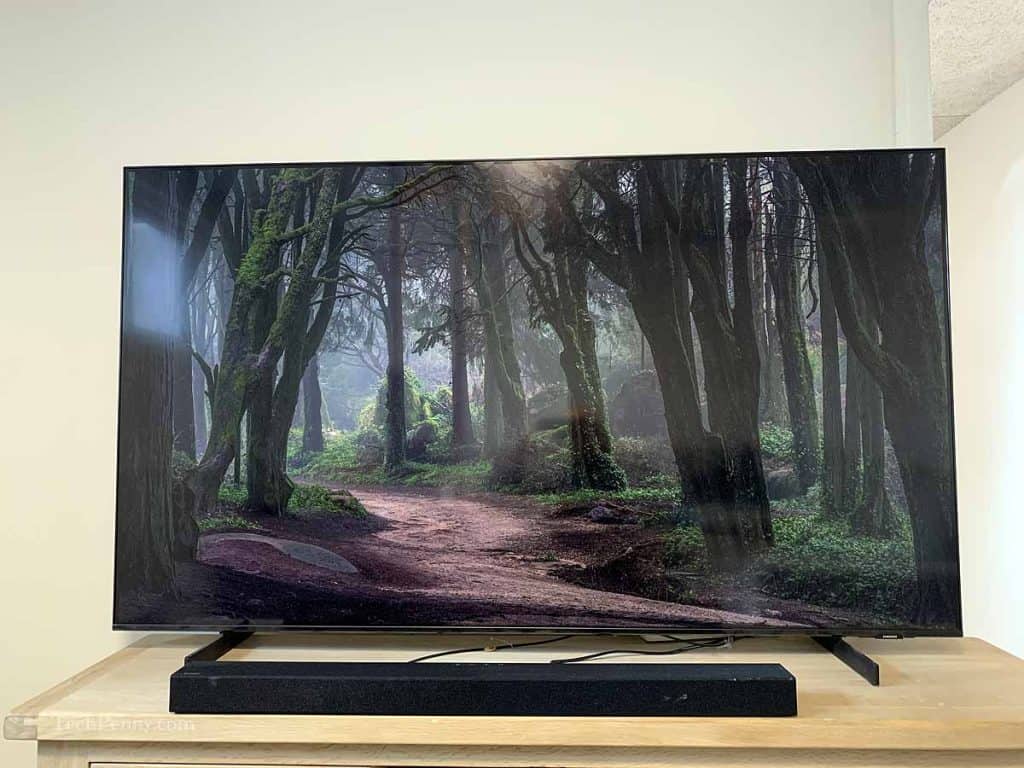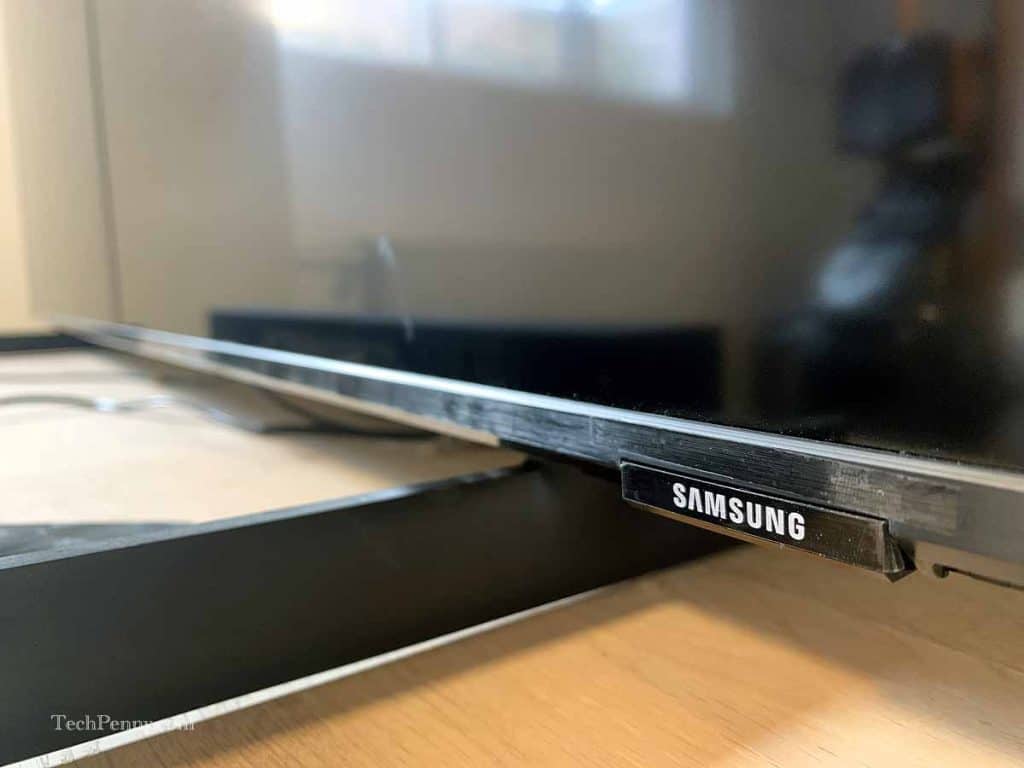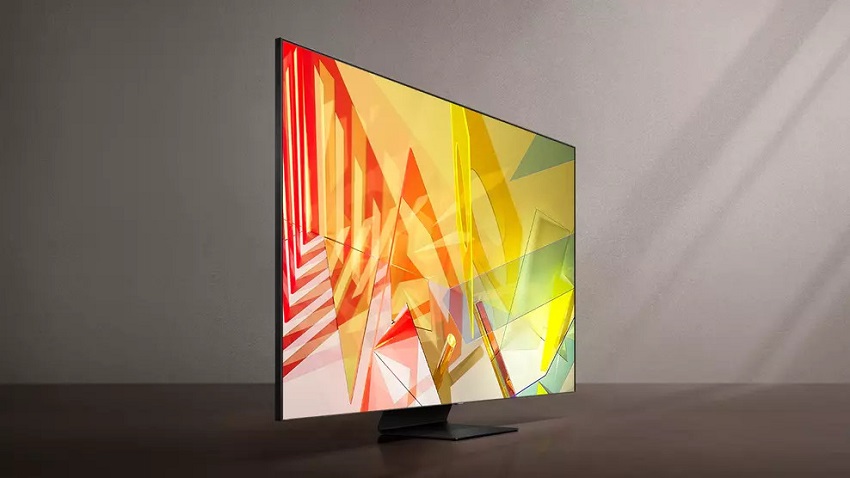How Long Should A Plasma Tv Last

The flicker is subtle at first, a momentary dimming in the corner of the screen. Then, a persistent shadow starts to linger, a ghost of past viewings permanently etched into the vibrant display. This is the beginning of the end for a plasma television, a technology once lauded for its superior picture quality, now facing the inevitable march of obsolescence. How long should these once-prized possessions have lasted, and what factors determined their lifespan?
This article delves into the anticipated and actual lifespan of plasma TVs, exploring the technology's inherent limitations, the impact of usage habits, and the reasons behind its ultimate disappearance from the consumer electronics market. We will examine expert opinions, analyze available data, and consider the experiences of consumers who invested in this now-vintage display technology to understand the factors that shaped the longevity – or lack thereof – of plasma televisions.
The Promised Lifespan: Expectations vs. Reality
When plasma TVs first emerged, manufacturers often boasted impressive lifespan estimates. Figures of 60,000 to 100,000 hours were common, translating to many years of daily viewing. This number, however, was often presented as the time it would take for the panel's brightness to degrade to half its original value – a significant, but not necessarily catastrophic, drop.
In reality, several factors impacted whether a plasma TV reached its theoretical lifespan. The quality of the components used in manufacturing played a crucial role. Early models, in particular, were prone to issues like phosphor burn-in and gas leakage, which could significantly shorten their usable life.
According to a 2007 report by Consumer Reports, while plasma TVs generally offered excellent picture quality, concerns about burn-in remained a valid consideration. The report highlighted the importance of varying content and avoiding prolonged display of static images to mitigate the risk.
Understanding Plasma Technology's Limitations
Plasma technology relied on small cells filled with noble gases that, when electrically stimulated, emitted ultraviolet light. This light then excited phosphors, which produced the visible colors on the screen. The intensity of the light and the lifespan of the phosphors were intrinsically linked to the TV's overall longevity.
Burn-in, a common issue with plasma TVs, occurred when static elements like channel logos or video game HUDs were displayed for extended periods. This caused uneven wear on the phosphors, resulting in a permanent "ghost image" on the screen. This was a major drawback compared to LCD and newer OLED technologies.
"Burn-in was definitely the Achilles' heel of plasma technology," says David Katzmaier, senior editor at CNET. "While manufacturers implemented features like pixel shifting and screen savers to minimize the risk, it remained a concern for many users, particularly those who watched a lot of cable news or played video games."
Factors Affecting Plasma TV Lifespan
Beyond inherent technological limitations, several external factors influenced how long a plasma TV lasted. Usage habits played a critical role, with heavy users experiencing faster degradation than those who watched television less frequently.
Ambient temperature and humidity could also impact the lifespan of the internal components. Extreme temperatures or excessive moisture could accelerate deterioration and lead to premature failure. Proper ventilation was also essential to prevent overheating.
Power surges and fluctuations could damage the delicate electronics within the TV. Using a surge protector was a recommended precaution to protect against power-related issues and prolong the TV's lifespan.
The Demise of Plasma: Competition and Technological Advancements
While plasma TVs initially offered superior picture quality, particularly in terms of black levels and contrast ratio, they faced increasing competition from LCD and LED-backlit LCD TVs. LCD technology improved rapidly, closing the gap in picture quality while offering advantages in energy efficiency and screen size.
Plasma TVs were also generally heavier and consumed more power than LCD TVs. This made them less attractive to consumers concerned about energy costs and physical space.
By the mid-2010s, major manufacturers like Panasonic and Samsung announced their exit from the plasma TV market. The writing was on the wall, and plasma technology was ultimately relegated to the history books.
Consumer Experiences and Lasting Impressions
Despite their eventual demise, many consumers remember their plasma TVs fondly. The picture quality, especially in dark scenes, was widely praised. However, the concerns about burn-in and the increasing availability of larger, more energy-efficient LCD TVs ultimately swayed the market.
Anecdotal evidence suggests that some plasma TVs lasted well beyond their expected lifespan, while others failed prematurely due to burn-in or component failure. The variability highlights the importance of proper care and usage habits.
For those who still own a working plasma TV, maintaining it properly is crucial. Keeping the screen clean, avoiding static images, and using a surge protector can help extend its lifespan. However, sourcing replacement parts for these discontinued models can be challenging and expensive.
Looking Ahead: Lessons Learned from Plasma Technology
The story of plasma TVs serves as a reminder of the ever-evolving nature of consumer electronics. Technological advancements and changing consumer preferences can quickly render even the most innovative products obsolete.
The challenges faced by plasma technology, particularly the issue of burn-in, have informed the development of newer display technologies like OLED. Manufacturers have learned from the past and implemented features to mitigate similar risks in modern displays.
Ultimately, while the once-dominant plasma TV is now a relic of the past, its legacy lives on in the lessons learned and the advancements it inspired. The quest for the perfect picture quality continues, driven by the same pursuit that made plasma TVs a captivating, albeit ultimately ephemeral, technology.


















